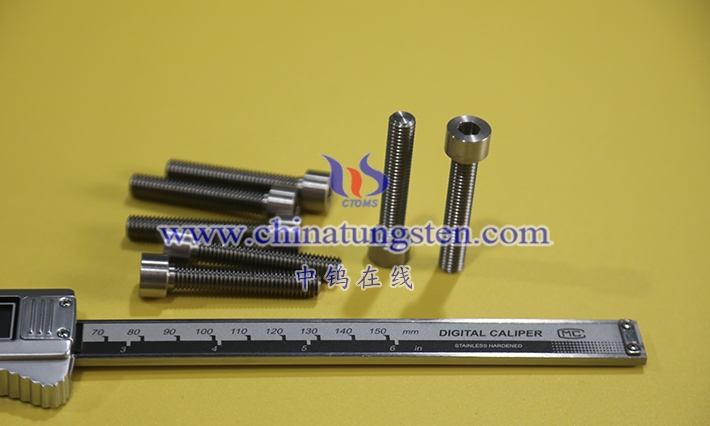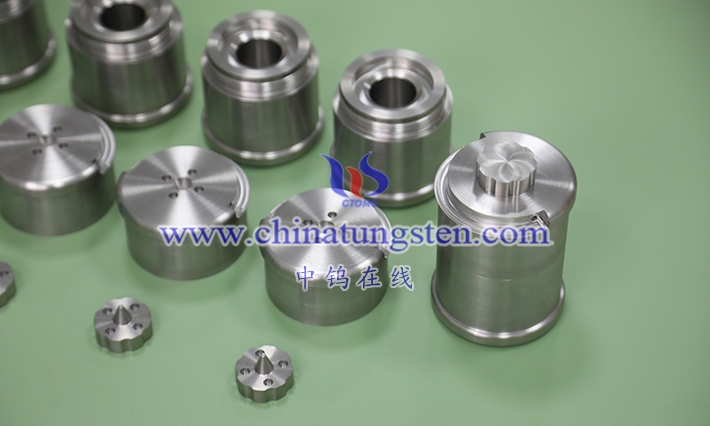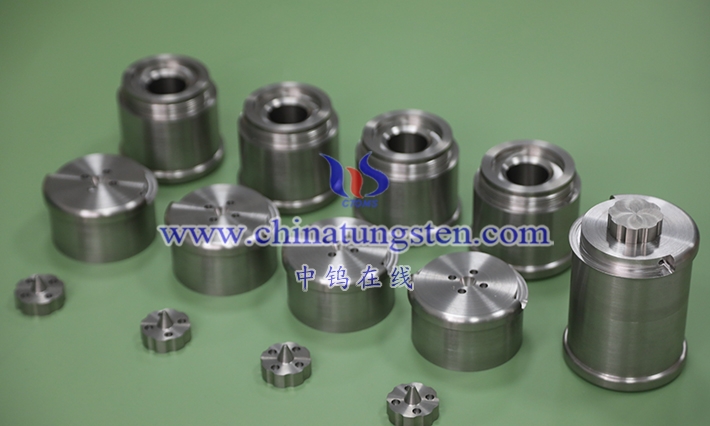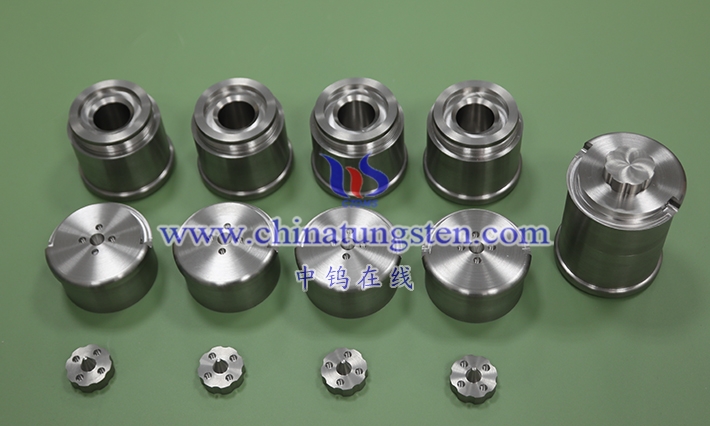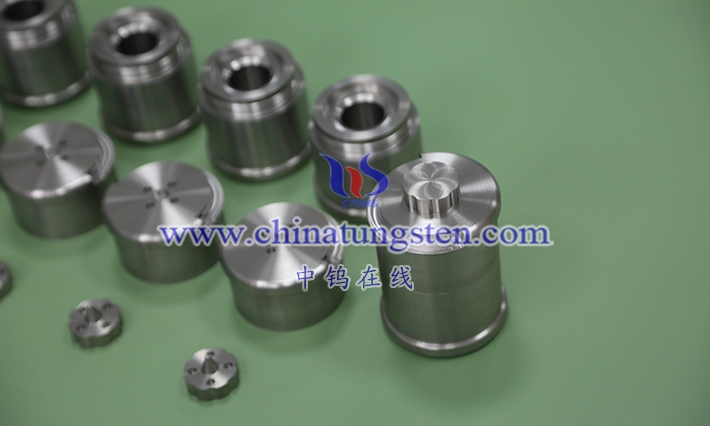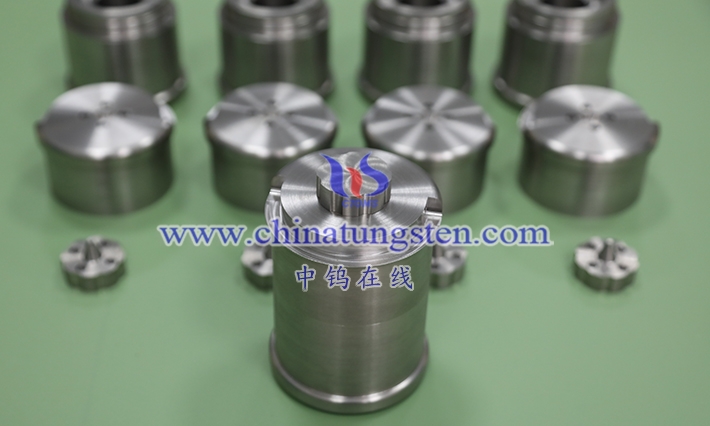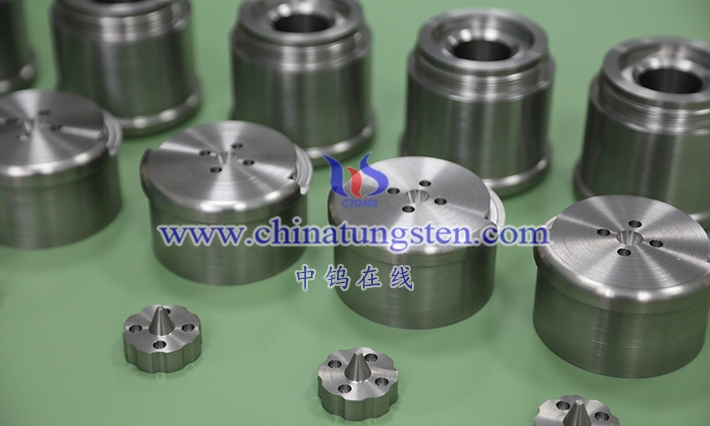What role do tungsten alloy screws play in engines and high-temperature structural fastening? Their main roles include providing high-temperature stability, resisting thermal fatigue, ensuring structural integrity, and enhancing durability. First, providing high-temperature stability: In turbine engines, fixing combustion chambers and turbine blades, withstanding temperatures above 1650°C without softening, high melting point ensuring no deformation. Second, resisting thermal fatigue: Under cyclic thermal stress, maintaining mechanical strength (900-1500MPa), preventing crack propagation, such as connecting fuel nozzles in jet engines. Third, ensuring structural integrity: Low thermal expansion coefficient (4-6×10^-6/K) reducing thermal stress, matching ceramic or alloy components, suitable for rocket nozzle liner fastening. Fourth, enhancing durability: Strong corrosion and wear resistance, reliable in high-temperature oxidation environments, extending engine lifespan. Fifth, in F1 racing engines, suppressing vibration and withstanding centrifugal forces, improving performance. Additionally, in vacuum furnaces, fixing heating elements, resistant to high-temperature vacuum. These roles stem from tungsten’s unique properties, driving innovation in aviation and automotive engines. Overall roles enhance safety and efficiency.
